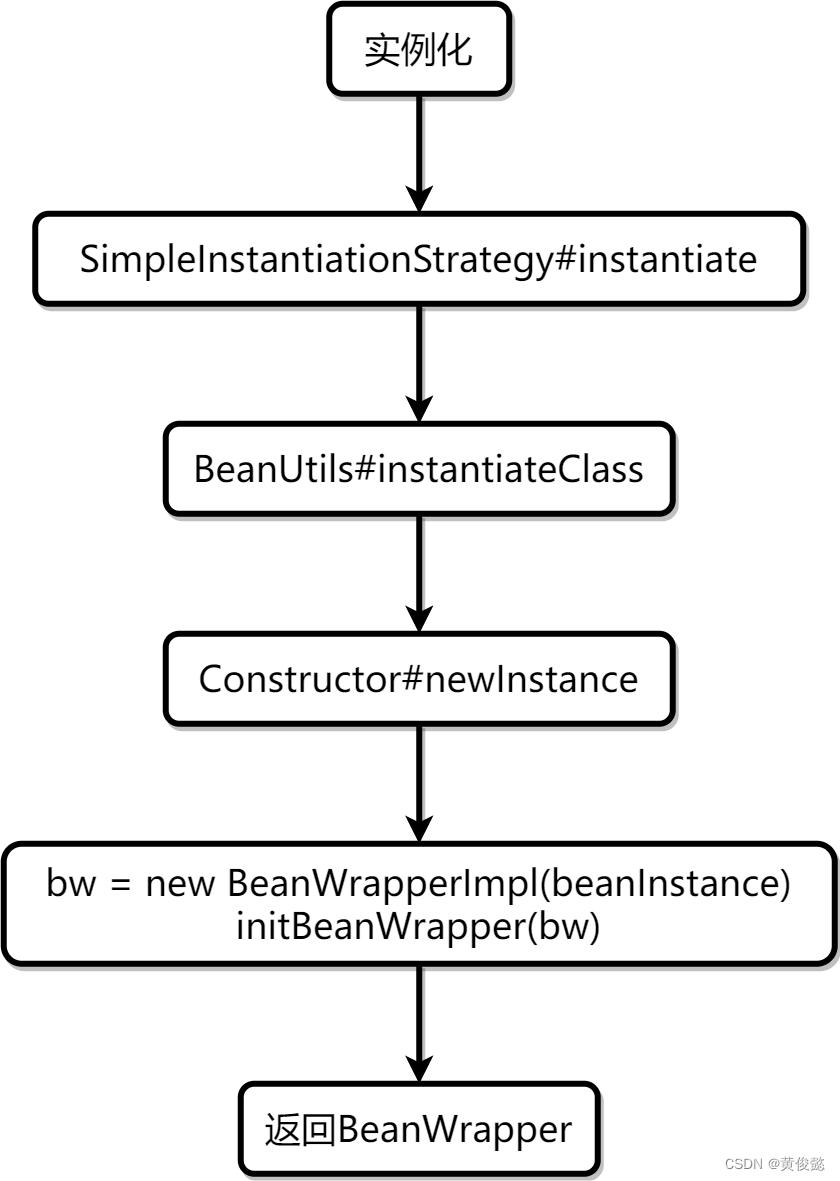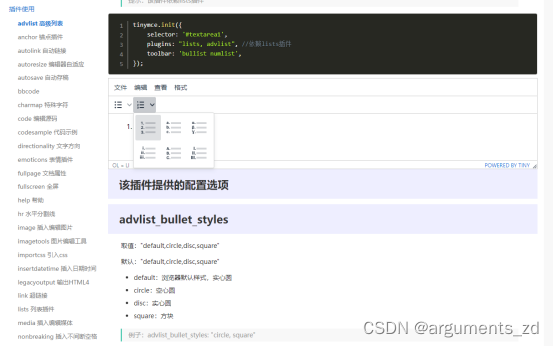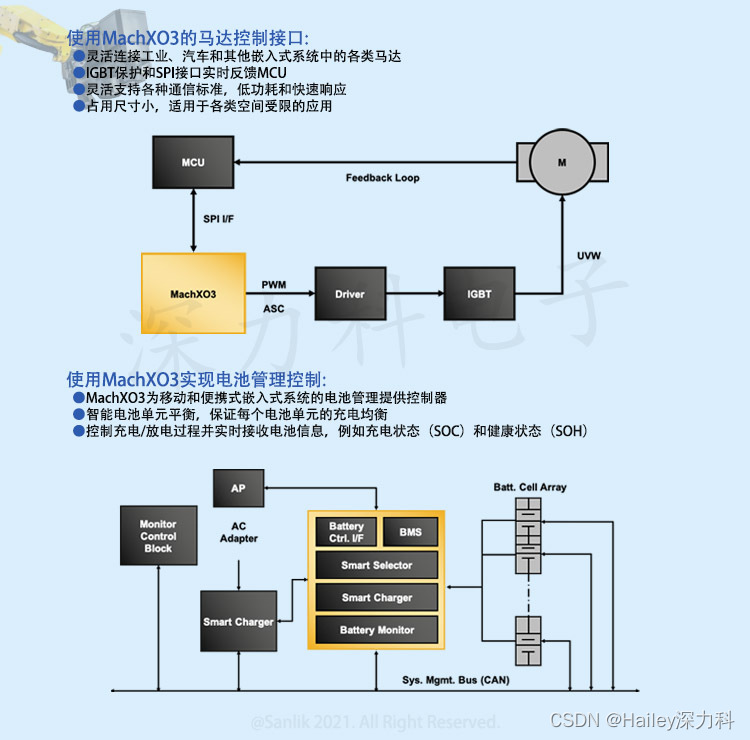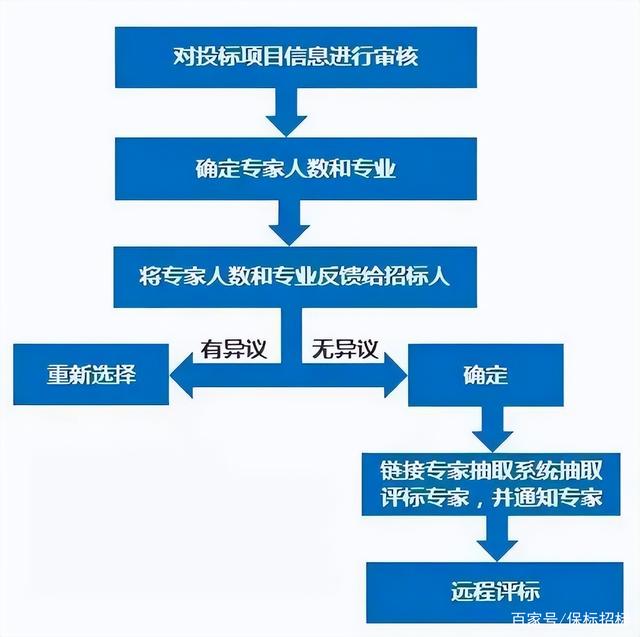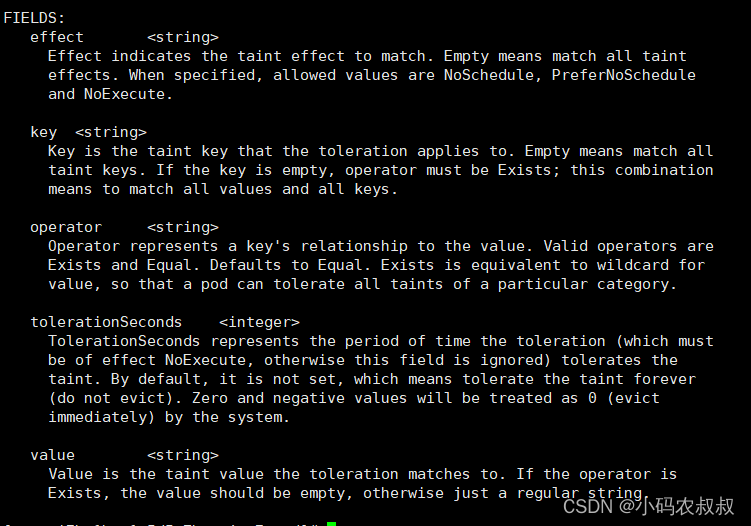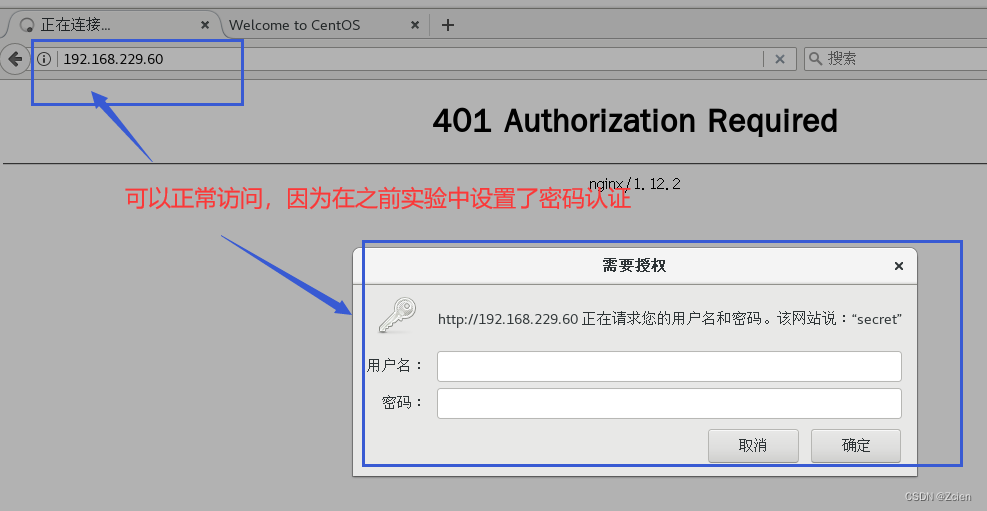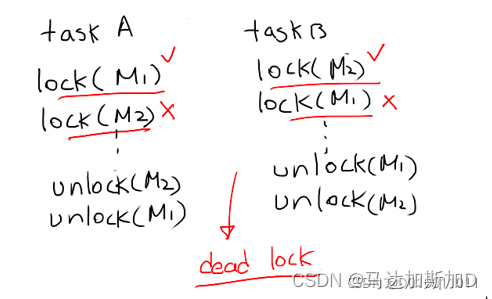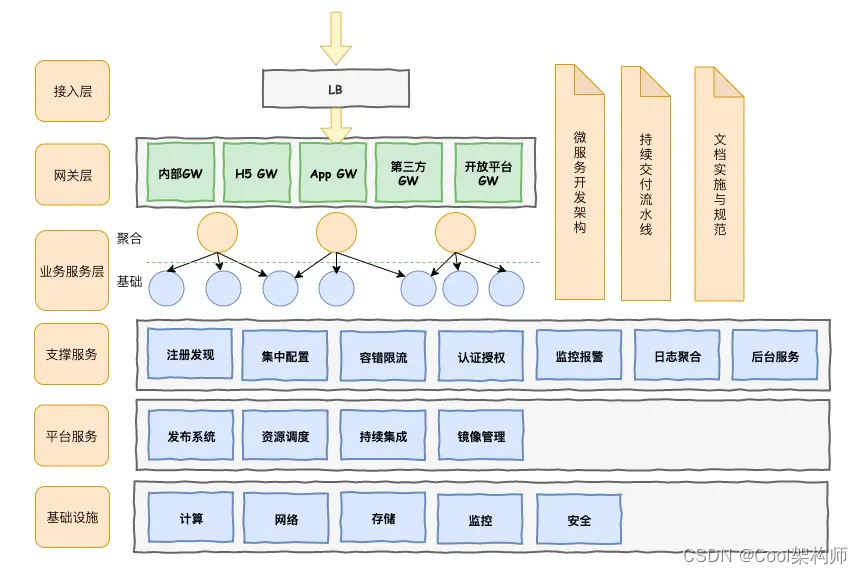1 主要思想
1.1 数据
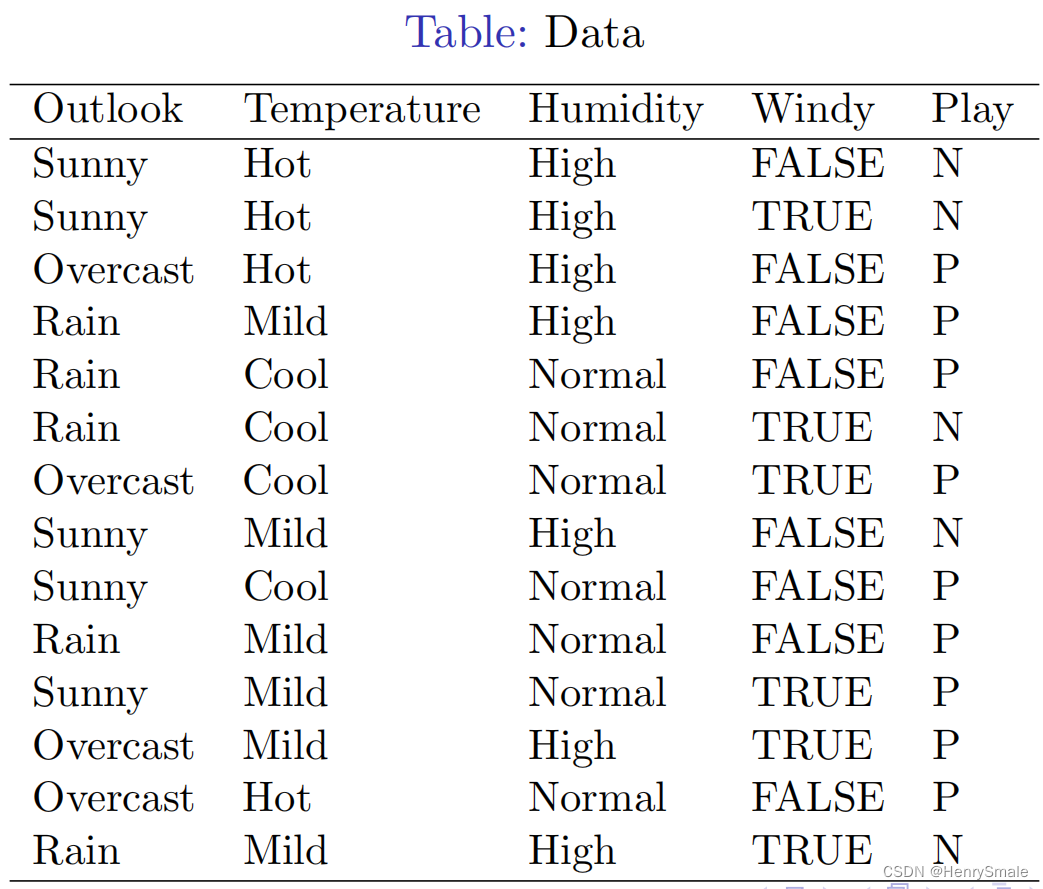
1.2 训练和使用模型
训练:建立模型(树)
测试:使用模型(树)
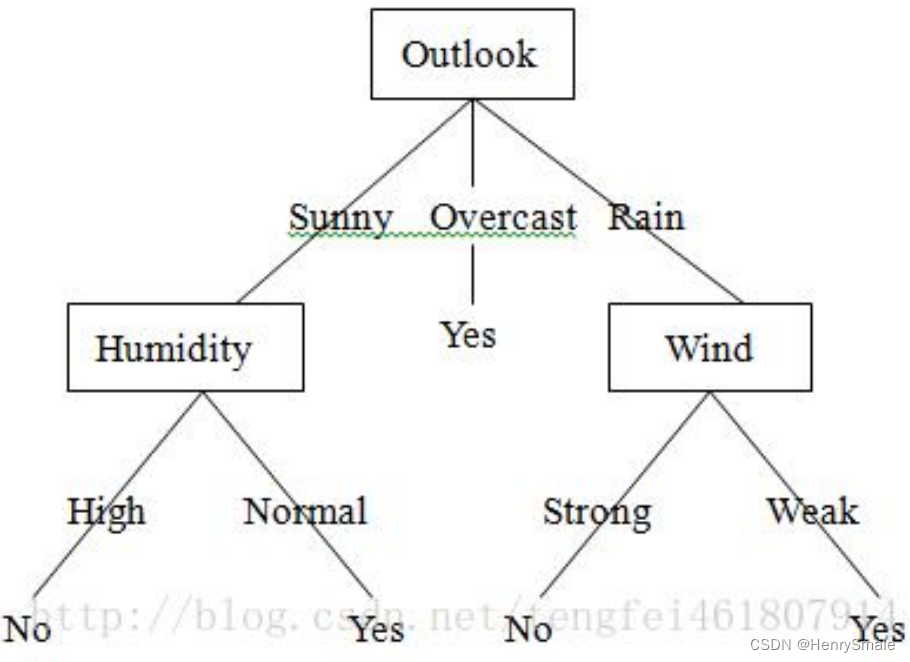
Weka演示ID3(终端用户模式)
- 双击weka.jar
- 选择Explorer
- 载入weather.arff
- 选择trees–>ID3
- 构建树,观察结果
建立决策树流程
- Step 1. 选择一个属性
- Step 2. 将数据集分成若干子集
- Step 3.1 对于决策属性值唯一的子集, 构建叶结点
- Step 3.2 对于决策属性值不唯一的子集, 递归调用本函数
演示: 利用txt文件, 按照决策树的属性划分数据集
2 信息熵
问题: 使用哪个属性进行数据的划分?
随机变量
Y
Y
Y的信息熵为 (
Y
Y
Y为决策变量):
H
(
Y
)
=
E
[
I
(
y
i
)
]
=
∑
i
=
1
n
p
(
y
i
)
log
1
p
(
y
i
)
=
−
∑
i
=
1
n
p
(
y
i
)
log
p
(
y
i
)
,
H(Y) = E[I(y_i)] = \sum_{i=1}^n p(y_i)\log \frac{1}{p(y_i)} = - \sum_{i=1}^n p(y_i)\log p(y_i),
H(Y)=E[I(yi)]=i=1∑np(yi)logp(yi)1=−i=1∑np(yi)logp(yi),
其中
0
log
0
=
0
0 \log 0 = 0
0log0=0.
随机变量
Y
Y
Y关于
X
X
X的条件信息熵为(
X
X
X为条件变量):
H
(
Y
∣
X
)
=
∑
i
=
1
m
p
(
x
i
)
H
(
Y
∣
X
=
x
i
)
=
−
∑
i
,
j
p
(
x
i
,
y
j
)
log
p
(
y
j
∣
x
i
)
.
\begin{array}{ll} H(Y | X) & = \sum_{i=1}^m p(x_i) H(Y | X = x_i)\\ & = - \sum_{i, j} p(x_i, y_j) \log p(y_j | x_i). \end{array}
H(Y∣X)=∑i=1mp(xi)H(Y∣X=xi)=−∑i,jp(xi,yj)logp(yj∣xi).
X
X
X为
Y
Y
Y带来的信息增益:
H
(
Y
)
−
H
(
Y
∣
X
)
H(Y) - H(Y | X)
H(Y)−H(Y∣X).
3 程序分析
版本1. 使用sklearn (调包侠)
这里使用了数据集是数值型。
import numpy as np
import scipy as sp
import time, sklearn, math
from sklearn.model_selection import train_test_split
import sklearn.datasets, sklearn.neighbors, sklearn.tree, sklearn.metrics
def sklearnDecisionTreeTest():
#Step 1. Load the dataset
tempDataset = sklearn.datasets.load_breast_cancer()
x = tempDataset.data
y = tempDataset.target
# Split for training and testing
x_train, x_test, y_train, y_test = train_test_split(x, y, test_size = 0.2)
#Step 2. Build classifier
tempClassifier = sklearn.tree.DecisionTreeClassifier(criterion='entropy')
tempClassifier.fit(x_train, y_train)
#Step 3. Test
#precision, recall, thresholds = sklearn.metrics.precision_recall_curve(y_test, tempClassifier.predict(x_test))
tempAccuracy = sklearn.metrics.accuracy_score(y_test, tempClassifier.predict(x_test))
tempRecall = sklearn.metrics.recall_score(y_test, tempClassifier.predict(x_test))
#Step 4. Output
print("precision = {}, recall = {}".format(tempAccuracy, tempRecall))
sklearnDecisionTreeTest()
版本2. 自己重写重要函数
- 信息熵
#计算给定数据集的香农熵
def calcShannonEnt(paraDataSet):
numInstances = len(paraDataSet)
labelCounts = {} #定义空字典
for featVec in paraDataSet:
currentLabel = featVec[-1]
if currentLabel not in labelCounts.keys():
labelCounts[currentLabel] = 0
labelCounts[currentLabel] += 1
shannonEnt = 0.0
for key in labelCounts:
prob = float(labelCounts[key])/numInstances
shannonEnt -= prob * math.log(prob, 2) #以2为底
return shannonEnt
- 划分数据集
#dataSet 是数据集,axis是第几个特征,value是该特征的取值。
def splitDataSet(dataSet, axis, value):
resultDataSet = []
for featVec in dataSet:
if featVec[axis] == value:
#当前属性不需要
reducedFeatVec = featVec[:axis]
reducedFeatVec.extend(featVec[axis+1:])
resultDataSet.append(reducedFeatVec)
return resultDataSet
- 选择最好的特征划分
#该函数是将数据集中第axis个特征的值为value的数据提取出来。
#选择最好的特征划分
def chooseBestFeatureToSplit(dataSet):
#决策属性不算
numFeatures = len(dataSet[0]) - 1
baseEntropy = calcShannonEnt(dataSet)
bestInfoGain = 0.0
bestFeature = -1
for i in range(numFeatures):
#把第i列属性的值取出来生成一维数组
featList = [example[i] for example in dataSet]
#剔除重复值
uniqueVals = set(featList)
newEntropy = 0.0
for value in uniqueVals:
subDataSet = splitDataSet(dataSet, i, value)
prob = len(subDataSet) / float(len(dataSet))
newEntropy += prob*calcShannonEnt(subDataSet)
infoGain = baseEntropy - newEntropy
if(infoGain > bestInfoGain):
bestInfoGain = infoGain
bestFeature = i
return bestFeature
- 构建叶节点
#如果剩下的数据中无特征,则直接按最大百分比形成叶节点
def majorityCnt(classList):
classCount = {}
for vote in classList:
if vote not in classCount.keys():
classCount[vote] = 0
classCount += 1;
sortedClassCount = sorted(classCount.iteritems(), key = operator.itemgette(1), reverse = True)
return sortedClassCount[0][0]
- 创建决策树
#创建决策树
def createTree(dataSet, paraFeatureName):
featureName = paraFeatureName.copy()
classList = [example[-1] for example in dataSet]
#Already pure
if classList.count(classList[0]) == len(classList):
return classList[0]
#No more attribute
if len(dataSet[0]) == 1:
#if len(dataSet) == 1:
return majorityCnt(classList)
bestFeat = chooseBestFeatureToSplit(dataSet)
#print(dataSet)
#print("bestFeat:", bestFeat)
bestFeatureName = featureName[bestFeat]
myTree = {bestFeatureName:{}}
del(featureName[bestFeat])
featvalue = [example[bestFeat] for example in dataSet]
uniqueVals = set(featvalue)
for value in uniqueVals:
subfeatureName = featureName[:]
myTree[bestFeatureName][value] = createTree(splitDataSet(dataSet, bestFeat, value), subfeatureName)
return myTree
- 分类和返回预测结果
#Classify and return the precision
def id3Classify(paraTree, paraTestingSet, featureNames, classValues):
tempCorrect = 0.0
tempTotal = len(paraTestingSet)
tempPrediction = classValues[0]
for featureVector in paraTestingSet:
print("Instance: ", featureVector)
tempTree = paraTree
while True:
for feature in featureNames:
try:
tempTree[feature]
splitFeature = feature
break
except:
i = 1 #Do nothing
attributeValue = featureVector[featureNames.index(splitFeature)]
print(splitFeature, " = ", attributeValue)
tempPrediction = tempTree[splitFeature][attributeValue]
if tempPrediction in classValues:
break
else:
tempTree = tempPrediction
print("Prediction = ", tempPrediction)
if featureVector[-1] == tempPrediction:
tempCorrect += 1
return tempCorrect/tempTotal
- 构建测试代码
def mfID3Test():
#Step 1. Load the dataset
weatherData = [['Sunny','Hot','High','FALSE','N'],
['Sunny','Hot','High','TRUE','N'],
['Overcast','Hot','High','FALSE','P'],
['Rain','Mild','High','FALSE','P'],
['Rain','Cool','Normal','FALSE','P'],
['Rain','Cool','Normal','TRUE','N'],
['Overcast','Cool','Normal','TRUE','P'],
['Sunny','Mild','High','FALSE','N'],
['Sunny','Cool','Normal','FALSE','P'],
['Rain','Mild','Normal','FALSE','P'],
['Sunny','Mild','Normal','TRUE','P'],
['Overcast','Mild','High','TRUE','P'],
['Overcast','Hot','Normal','FALSE','P'],
['Rain','Mild','High','TRUE','N']]
featureName = ['Outlook', 'Temperature', 'Humidity', 'Windy']
classValues = ['P', 'N']
tempTree = createTree(weatherData, featureName)
print(tempTree)
#print(createTree(mydata, featureName))
#featureName = ['Outlook', 'Temperature', 'Humidity', 'Windy']
print("Before classification, feature names = ", featureName)
tempAccuracy = id3Classify(tempTree, weatherData, featureName, classValues)
print("The accuracy of ID3 classifier is {}".format(tempAccuracy))
def main():
sklearnDecisionTreeTest()
mfID3Test()
main()
4 讨论
符合人类思维的模型;
信息增益只是一种启发式信息;
与各个属性值“平行”的划分。
其它决策树:
- C4.5:处理数值型数据
- CART:使用gini指数
